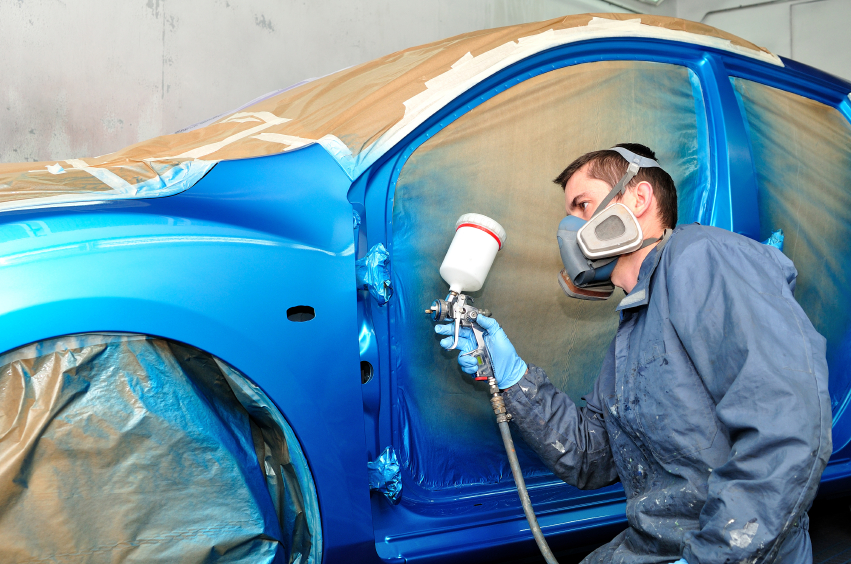
For an auto body technician, the choice of paint can make all the difference in producing a good professional paint job. Matching the right type of paint to the model of a car, as well as taking into account cost, climate factors, and customer needs can make it tough to know which choice will produce the best result. Once you become a professional technician, customers will trust your recommendation, so having the knowledge to make the right decision is crucial when looking to secure future business.
Whether you are planning to enroll auto body courses, or you’ve recently started your program, read on for a quick guide to selecting auto body paint.
Auto Body Technicians Use Acrylic Lacquer Paint for Luxury Cars
Popular with vintage luxury car brands like Rolls Royce and Jaguar, acrylic lacquer paint produces a glossy, showroom finish that can be quite elegant when used on the right car. However, the paint is particularly sensitive to UV light, which causes it to fade easily, so an auto body technician needs to make sure they bear in mind the future maintenance required before recommending this to a customer.
Auto Body Pros Know Urethane is an Inexpensive Auto Painting Option
Less expensive and easier to apply than lacquer, urethane paint has recently become a mainstay in auto painting, thanks to its versatility. It can be sprayed over almost any other type of paint (including lacquer), so it’s a popular choice for refinishing. This type of paint is also very durable, requiring little maintenance. However, it can be quite plain and sometimes boasts a ‘plastic’ look, so technicians tend to avoid using it on luxury models.
Metallic Auto Painting Adds Shine and Lustre to Cars
Metallic finishes are achieved by adding a small amount of powdered metal to solid paints. The metallic particles allow the surface to reflect more light than solid paint surfaces. Metallic paint will give any car a slick look, and it looks especially great on sports and luxury models. However, it’s important to note that a car that boasts metallic paint can be difficult to repair when damaged. In fact, auto body technicians often find it hard to find an exact colour match when repairing damages to original jobs.
Other Recent Developments in Auto Painting
In recent years, some manufacturers, such as Audi, have started offering ‘Pearlescent’ paint jobs on certain models. This type of finish is similar to metallic paint, but uses ceramic crystals rather than metal for an even sleeker finish. Naturally, this is quite an expensive choice, and similar to metallic paint, is often difficult for body shops to repair.
On the other end of the scale, some high end car brands have taken to producing matte finishes on recent models. This finish gives cars a duller, flatter look and has become very popular as it is resembles vintage models from the 1930s.
Many recent changes in auto body painting have been driven by environmental concerns. Traditional body paint is petroleum-based and can cause pollution, and governments in some countries have moved to impose restrictions on its usage. As a result, many manufacturers and body shops now favor waterborne and water-based enamel paints. These paints mix their binding solution with water, limiting the emission of harmful pollutants. Water-based solutions are also less toxic and produce fewer fumes than traditional paint.
Are you interested in becoming an auto body technician? Check out our wide range of auto body schools to learn more about our training programs or to speak with an advisor.


